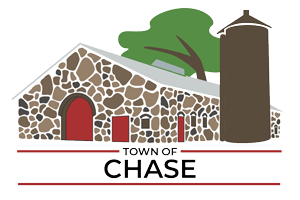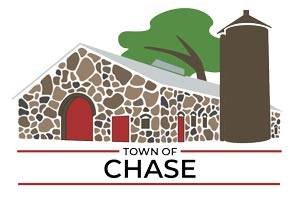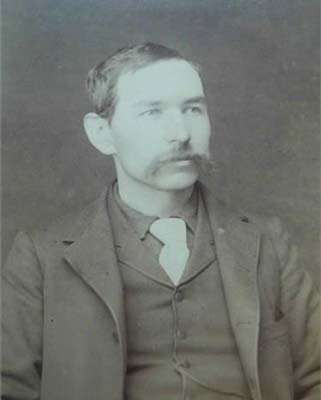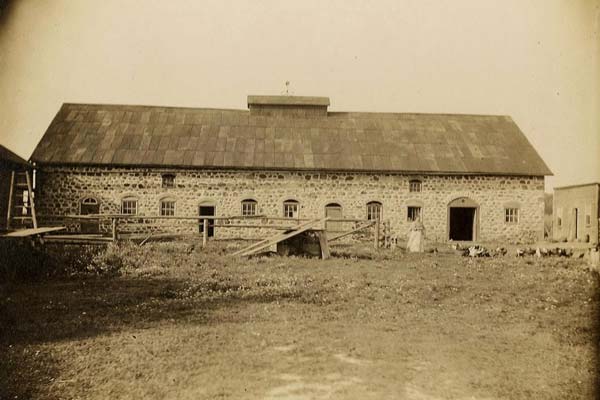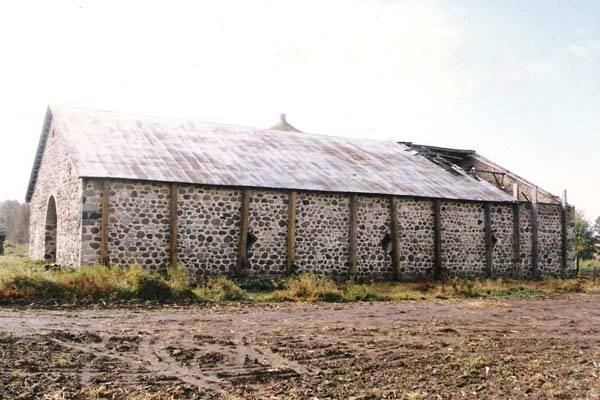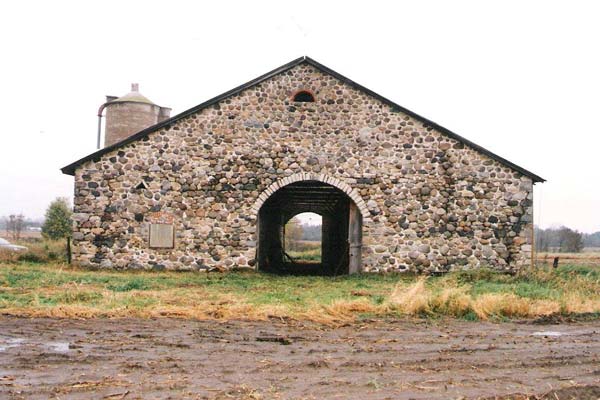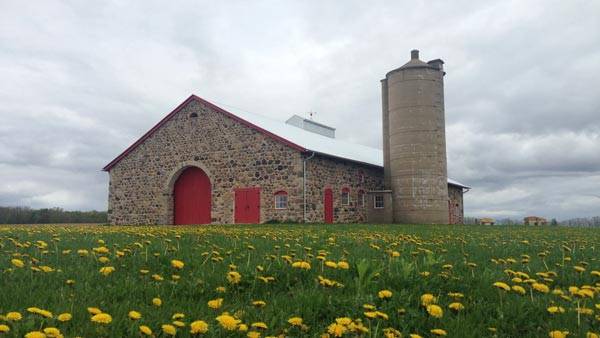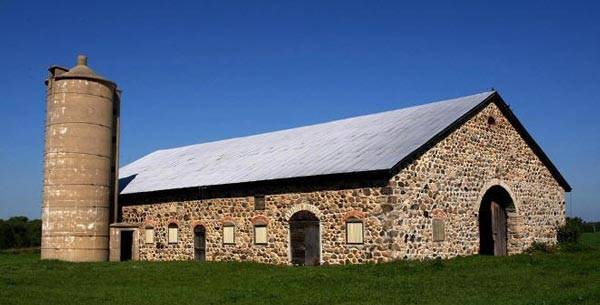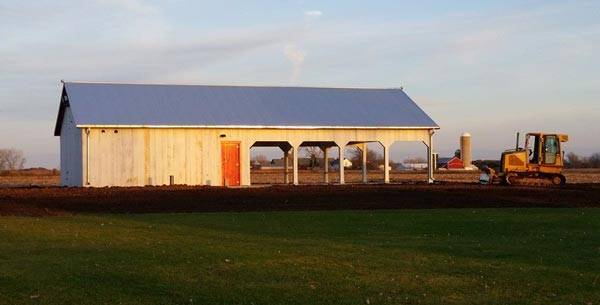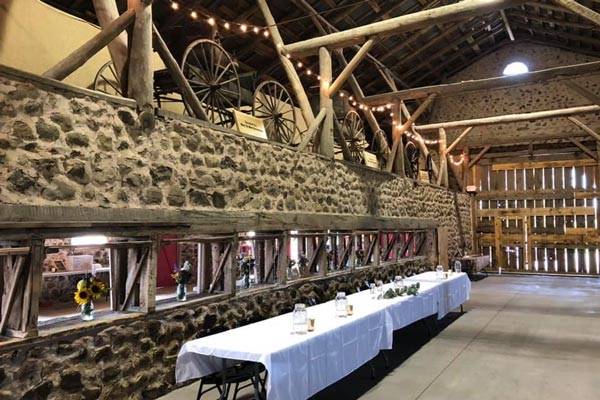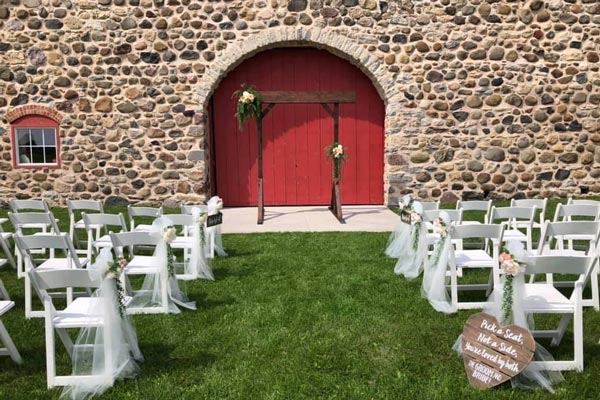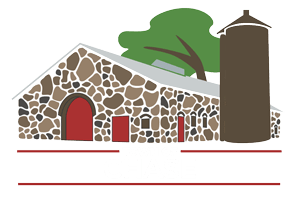Stone Barn
History of the Stone Barn
8246 County Rd S, Pulaski, WI 54162
The story of the Stone Barn began in 1867 when Daniel Krause, Sr. and his family immigrated to the United States from Germany to settle in the Town of Chase. Settlement was happening rapidly as farmers sought newly-cleared farm land which was being sold dirt cheap. In 1876 Daniel Krause, Jr. married and took over running his father’s farm. Daniel and his wife had nine children. They were a very hard-working and innovative family which, in addition to farming, owned and operated a sawmill in nearby Sobieski and co-owned Krause and Krause Sales and Service; a farm implement dealership. They were also great hunters and loggers and made their own tasty maple syrup.
In 1903, Krause enlisted the help of a local stonemason, Wilhelm Mensenkamp, to use fieldstones to build the barn. With unusual flair and in a style that harkens back to the great granaries of Europe, a stone barn like no other was erected that was so magnificent it would withstand the test of time.
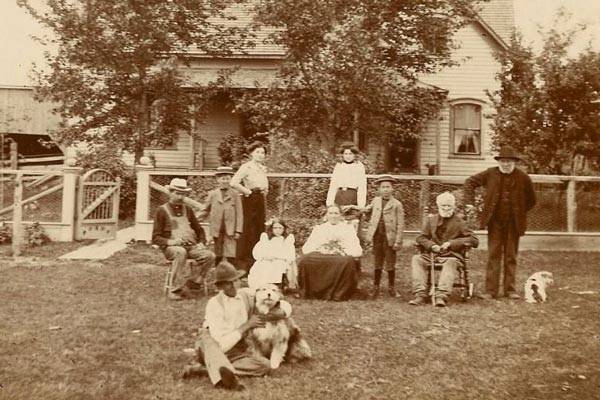
New Owners
Krause sold his farm in 1920, and from then until 1954 there were 11 additional owners of the barn, including Dr. John R Minahan, who was one of the most famous physicians/surgeons in Wisconsin in the early 1900s. Dr. Minahan owned the barn on two different occasions. His brother, Robert Minahan, was a physician, surgeon, lawyer, and the mayor of Green Bay between 1904 and 1907. His other brother, Edward Minahan, was a physician as well and lost his life aboard the Titanic when it sank in 1912.
From Ruined to Rejuvenated
The stone barn nearly fell to ruin in the early 1990’s when the massive north wall, which is 100 ft long and 2 ft thick, began to lean outward, causing numerous cracks throughout the structure. Not long after, a large wind storm blew off part of the roof. Thankfully, bachelor’s Casey and Stanley Frysh (who lived next door and owned the barn for almost 50 years), hired The Building Doctor to pull the wall back in and repair the cracks before the walls could collapse.
Thanks to the efforts of the Pulaski Area Historical Society, the stone barn was placed on the State and National Register of Historic Places in the year 2000. After the Frysh brother’s passed away, the barn went to one of their nieces, who then sold the barn to a local land developer. When he learned how much the barn meant to the local community, he sold the barn to the town so they could protect it and make it the focal point of their new park.
Additional information is available via a pdf download by clicking the button below.
